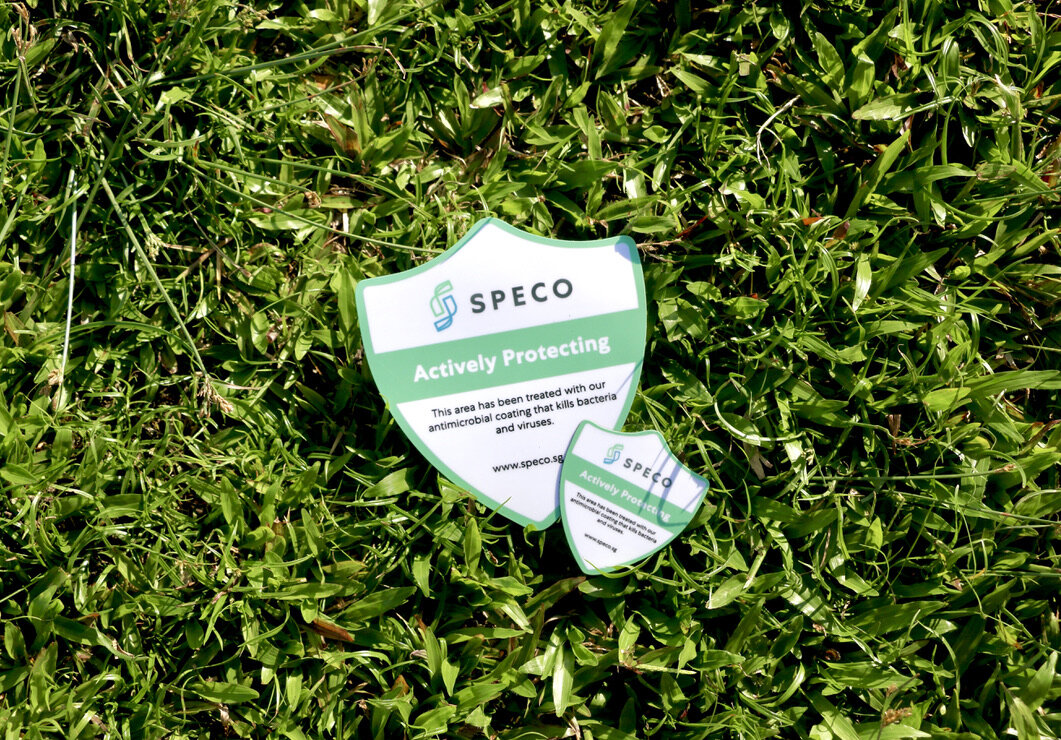
Safety and Environment
Acute, Chronic, and Ecotoxicity Reports
According to regulatory guidelines, there are three kinds of toxicity that antimicrobial technology should be evaluated under acute, chronic, and ecotoxicity.
Acute toxicity refers to the potential immediate hazard to human health. This includes acute oral toxicity, acute dermal toxicity, acute inhalation toxicity, primary dermal skin irritation, primary eye irritation, and skin sensitization.
Chronic toxicity refers to the potential long-term hazard to human health. This includes carcinogenicity, mutagenicity, and reproductive toxicity. These types of toxicity can be classified as cytotoxicity, which refers to a substance’s toxicity to cells.
Ecotoxicity refers to the potential adverse effects on non-target organisms in the environment. This includes acute avian oral toxicity, acute toxicity to freshwater fish, acute toxicity to freshwater invertebrates, and toxicity to fresh water algae.
Speco’s Proprietary Active Ingredient is lab-tested safe on all three levels of toxicity. As a certified B Corporation, we also commit to safe waste management procedures to ensure the highest levels of environmental sustainability in all of our production and disposal processes.
Acute and Chronic Toxicity
-

The Speco® Material Safety Data Sheet
Our Proprietary Speco® Active Ingredient is lab-tested to be non-carcinogenic and safe for long-term exposure.
-

Other Existing Commercial Solutions
Other commercial solutions are shown to be unsafe for long-term exposure.

Ingredients SPECO Never Uses
Ecotoxicity Report
Speco® is lab-tested to be:
Readily biodegradable and have low bioaccumulative potential. Speco is lab-tested to be safe for the environment in the long term.
Classified as non-hazardous waste. While Speco® is biodegradable and non-hazardous waste, we do not recommend dumping it as a loose liquid into open waters to preserve aquatic life. We recommend bonding Speco® to sawdust before disposal to ensure environmental sustainability.
Non-leaching. Regulatory guidelines indicate that repeated exposure to the eluted active ingredients may cause adverse effects to humans and environments. However, the Speco Active Ingredient belongs to the Reactive Chemistry Groupings. Once bonded, Speco® does not leach.
Physically and chemically stable. Speco® has no dangerous reaction known under conditions of normal use.


